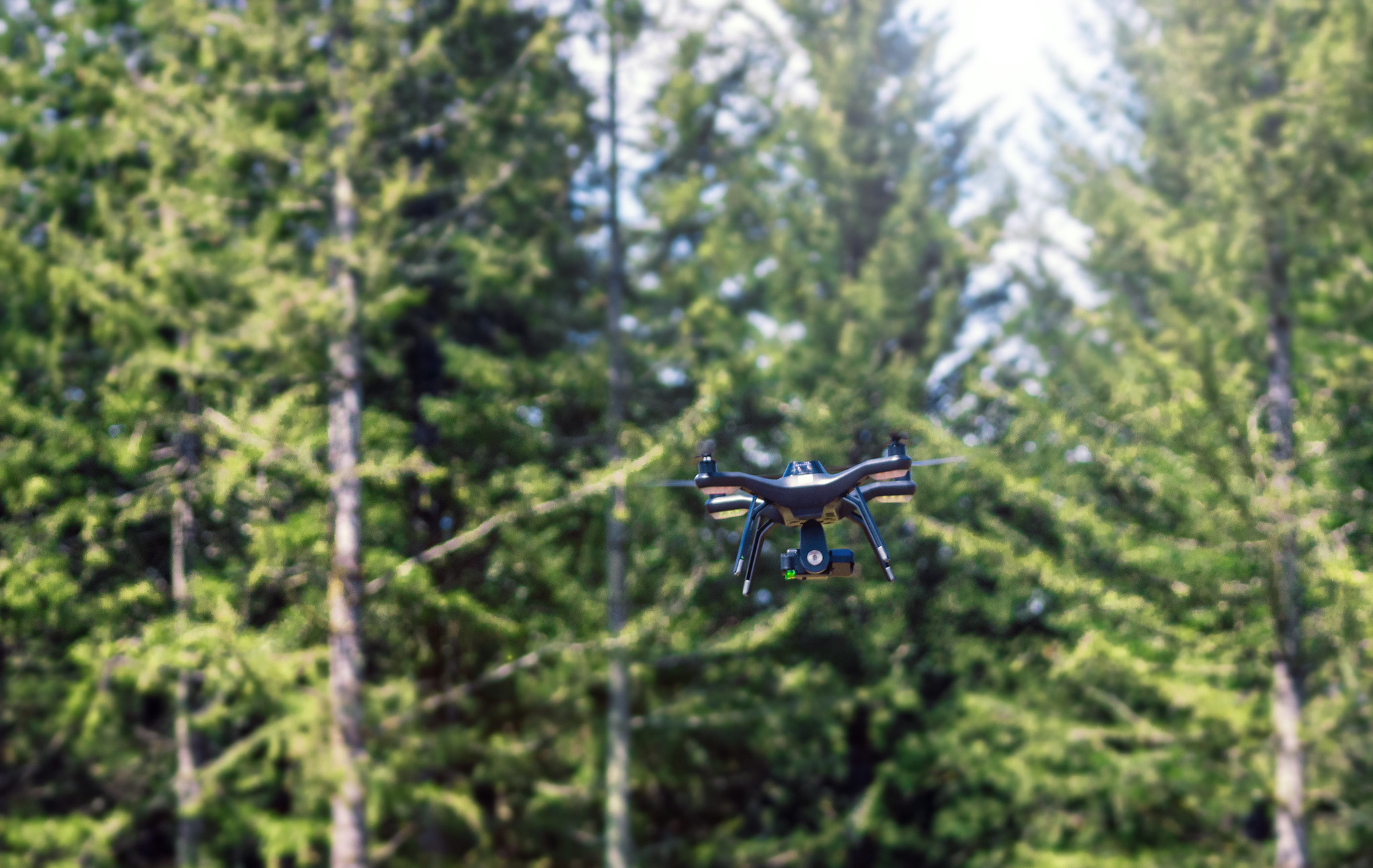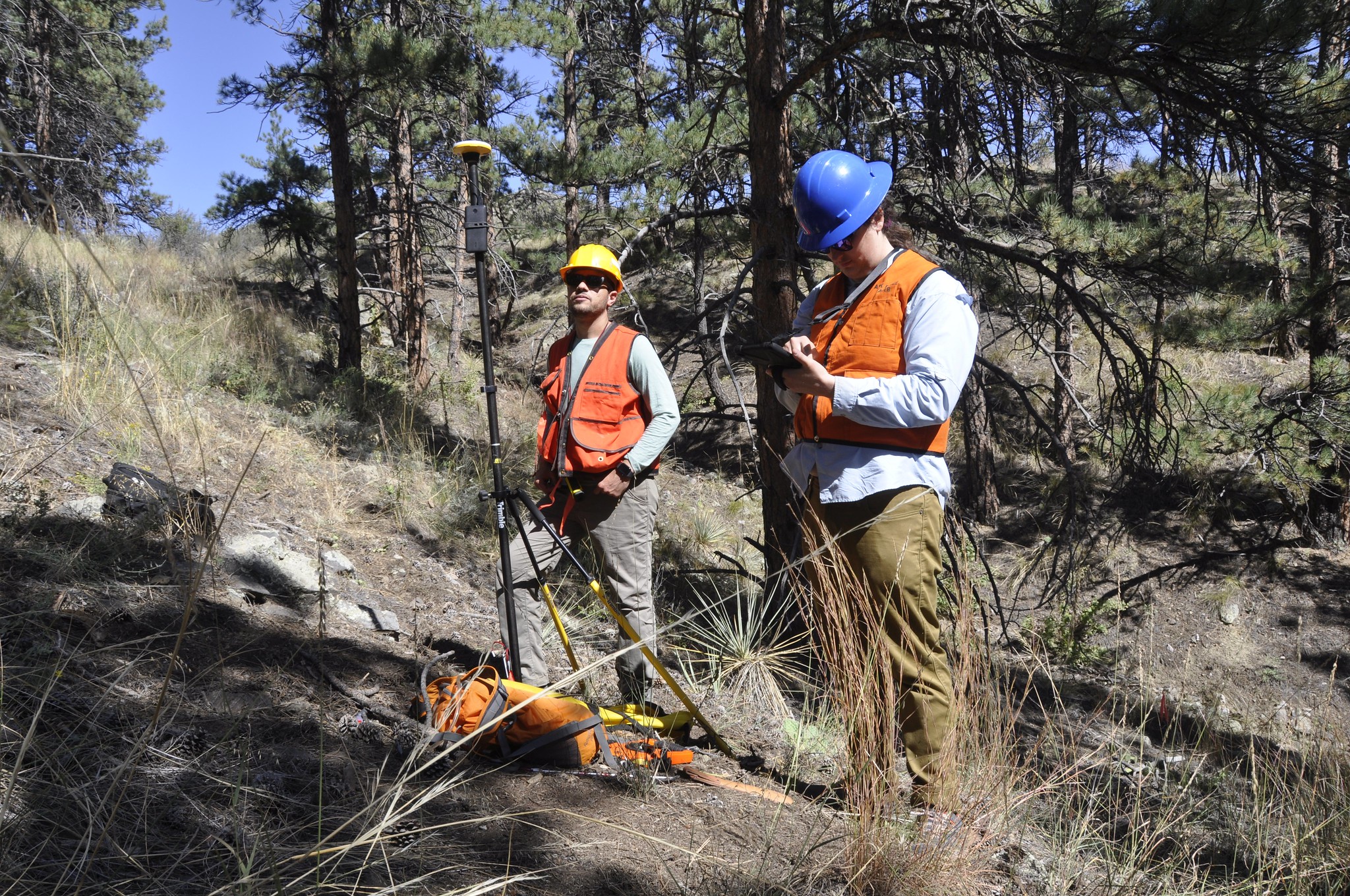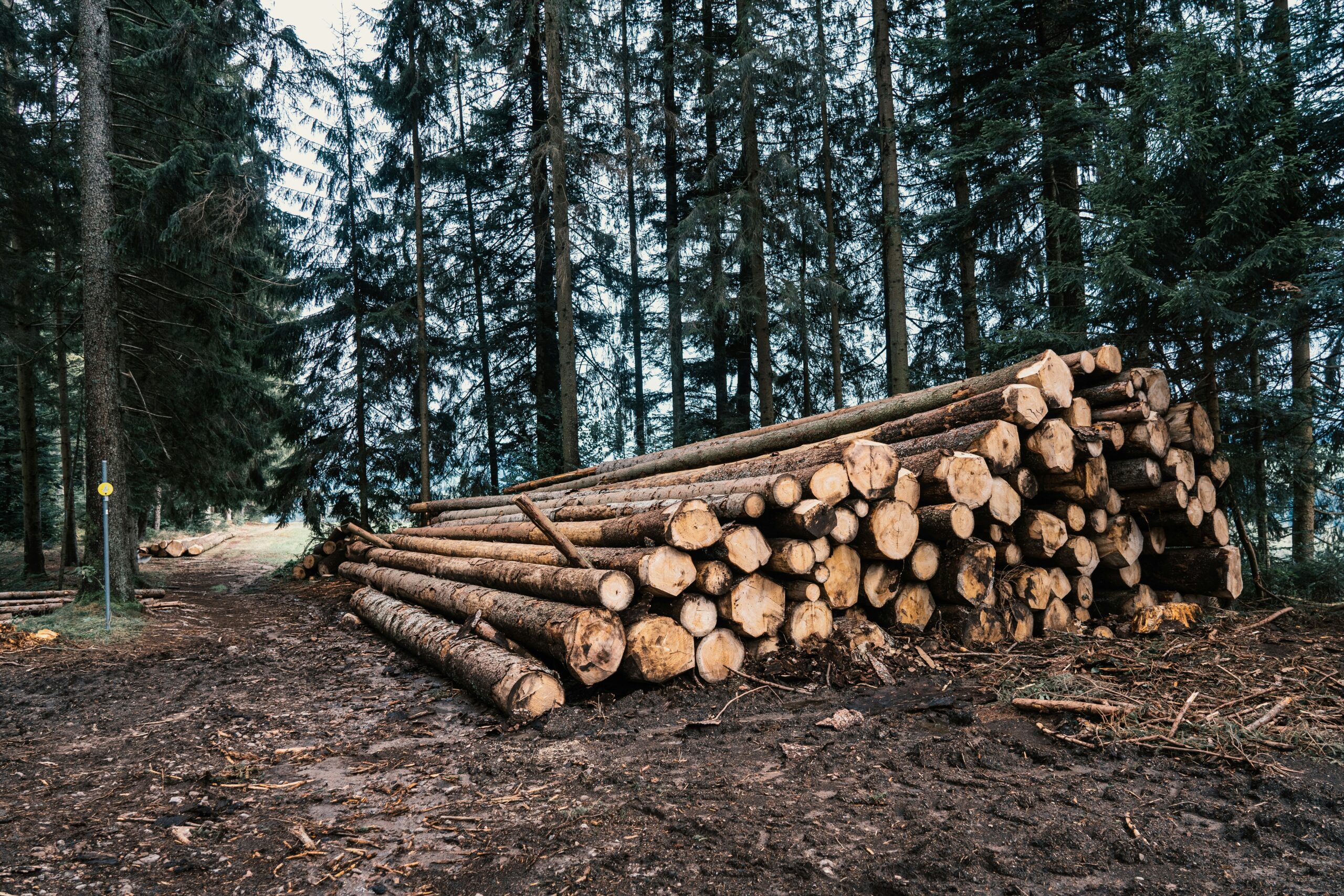Embracing technology in BC forestry
From precision forestry to advanced manufacturing processes, BC’s forest industry harnessing cutting edge technology to enhance sustainability, efficiency, and environmental stewardship. It’s a transformation that will ensure that BC’s forest industry is ready for the future.
Precision Forestry
One of the key advancements in the forest industry is the adoption of precision forestry technologies. These tools use data from various sources, including LiDAR, satellite imagery, drones, and sensors, to analyze forest conditions with unprecedented accuracy. BC’s professional foresters are leveraging technology to optimize tree harvesting, improve resource planning, and monitor environmental impacts.
Drones, equipped with high-resolution cameras, navigate the skies, conducting aerial surveys that provide detailed insights into forest health, species composition, and potential threats such as pests and diseases. This data equips foresters with the knowledge to make informed decisions about when and where to harvest, ultimately reducing environmental impact.
Remote Sensing and GIS
Geographic Information System (GIS) technology and remote sensing play a crucial role in forest management by creating detailed maps of forested areas, aiding in inventory management, land-use planning, and environmental monitoring. This technology helps forestry professionals identify optimal harvesting sites, assess ecosystem health, and formulate strategies to mitigate the impact of logging activities.
Automated Harvesting and Logging Equipment
Investments in state-of-the-art machinery equipped with GPS, sensors, and real-time data analytics mark a step forward in precision harvesting. From tree felling to log extraction and transportation, these technologies minimize waste and significantly improve workforce safety.
Sustainable Forest Management Systems
Forestry companies are adopting comprehensive software platforms that integrate data on timber inventory, environmental conditions, and regulatory compliance. These systems enable real-time monitoring of operations, ensuring adherence to sustainable practices and regulatory standards.
Blockchain technology is being explored to enhance transparency and traceability within the supply chain. This initiative aims to provide consumers with verifiable information about the origin of wood products, encouraging responsible sourcing and supporting eco-friendly consumer choices.
Advanced Wood Processing Technologies
Advanced manufacturing techniques, such as computer numerical control (CNC) machining and robotics, are employed to maximize the value derived from harvested timber. This enables the production of high-quality wood products with minimal waste.
BC’s forest industry is adapting for the future by embracing technology. The integration of precision forestry, remote sensing, automated harvesting, and advanced manufacturing is a significant stride towards sustainable and responsible resource management. Here’s to a bright and prosperous future for BC forestry!




